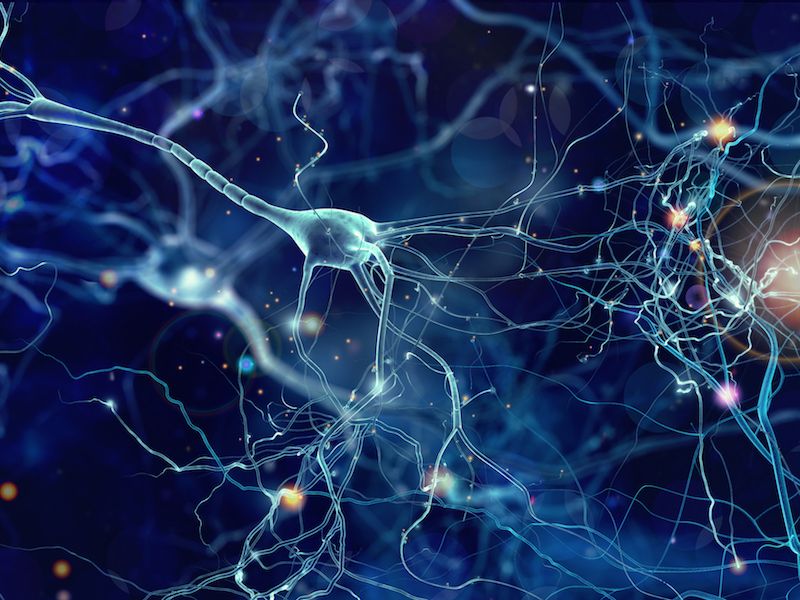
Do you invest much time thinking about your nervous system? For most individuals, the answer would most likely be not very often. Normally, you wouldn’t have to be concerned about how your neurons are communicating messages to the nerves in your body. But when those nerves start to misfire – that is when something isn’t working properly – you begin to pay much more attention to your nervous system.
One specific disease known as Charot-Marie-Tooth Disease which generally affects the extremities can also have a fairly wide-scale impact on the whole nervous system. high-frequency hearing loss can also be the result of CMT according to some research.
Charot-Marie-Tooth Disease, What is it?
Charcot-Marie-Tooth disease is a set of inherited conditions. Essentially, these genetic disorders cause something to go wrong with your nerves or with the protective sheathing around your nerves.
As a result, the signals sent from your brain to those nerves (and from those nerves back to your brain) don’t progress all that well. A loss in motor function and sensation can be the result.
A combination of genetic factors typically leads to the appearance of symptoms, so CMT can be present in several varieties. For most people who have CMT, symptoms start in the feet and go up into their arms. And, high-frequency hearing loss, oddly, has a high rate of occurrence among those with CMT.
The Cochlear Nerve: A Link Between CMT and Loss of Hearing
There’s always been an anecdotal connection between loss of hearing and CMT (which means that inside of the CMT culture everyone has heard other people talk about it). And it was hard to understand the link between loss of sensation in the legs and issues with the ears.
A scientific study firmly established the connection just recently when a group of researchers evaluated 79 people with CMT at the University of Iowa Hospitals and Clinics.
The findings were rather decisive. Nearly everyone who has CMT passed their low and moderate frequency hearing assessments with flying colors. But all of the participants showed hearing loss when it came to the high-frequency sounds (usually across the moderate levels). Based on this study, it seems probable that CMT can at least be associated with high-frequency hearing loss.
What is The Cause of Hearing Loss And How Can it be Treated?
At first, it could be puzzling to try to identify the connection between high-frequency hearing loss and CMT. But all of your body, from your eyebrows to your toes, relies on the correct functioning of nerves. Your ears are the same.
The hypothesis is, CMT impacts the cochlear nerve so noises in the high-frequency range aren’t able to be interpreted. Anyone with this type of hearing loss will have difficulty hearing some sounds, including peoples voices. Trying to hear voices in a crowded noisy room is particularly hard.
Hearing aids are commonly used to manage this type of hearing loss. There’s no known cure for CMT. Modern hearing aids can give tremendous help in terms of overcoming the effects of high-frequency hearing loss, isolating only those ranges of sounds to amplify. The majority of modern hearing aids can also do well in loud environments.
Hearing Loss Can Have Many Causes
Beyond the untested hypothesis, it’s still uncertain what the relationship between high-frequency hearing loss and CMT is. But this kind of hearing loss can be successfully managed with hearing aids. That’s why many individuals with CMT will take the time to sit down with a hearing care professional and get fitted for a custom hearing aid.
There are numerous causes for hearing loss symptoms. Frequently, it’s an issue of loud sound contributing to injury to the ears. Obstructions can be yet another cause. It also appears that CMT is another possible cause.